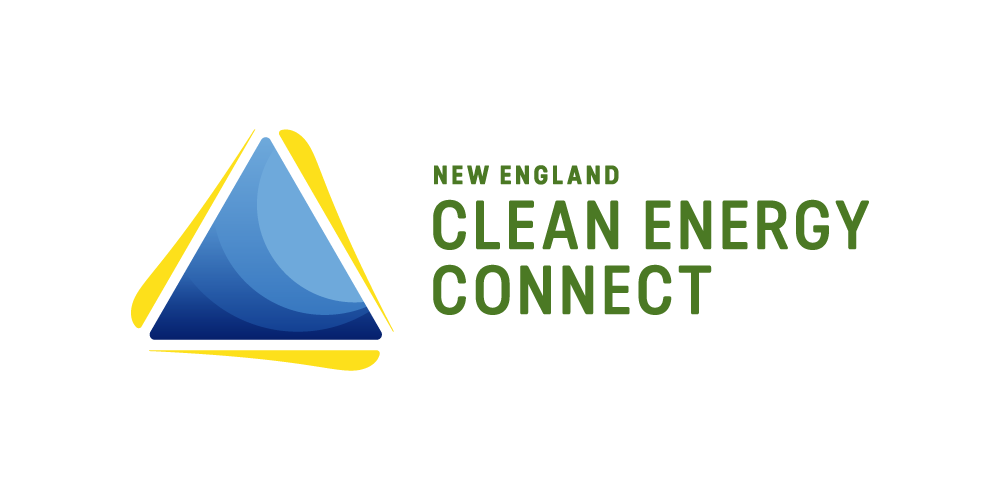The Ellsworth American, Editorial
The New England states, and many other regions of the country, are legislating reduced greenhouse gas emissions for our energy production, as well as clean energy goals for the future. The increased use of natural gas as a primary energy producer for New England has dramatically reduced greenhouse gas emissions impact and helped hasten the replacement of older coal- and oil-generating power stations. Wind and solar generating capacity is increasing but remains a very small contributor to our total energy supply.
The proposed New England Clean Energy Connect Project would connect Maine — and New England’s — electric grid to Quebec’s massive Hydro-Quebec system via an expanded transmission line traveling through Western Maine. Hydro-Quebec is a giant reservoir and dam electricity generator that produced 34.4 terrawatts (THw’s) of electricity last year, enough power for 6 million users.
Unfortunately, approximately 10.4 terrawatts of energy were “spilled” (water was released without generating power) due to over-capacity behind the dams and no outlets for the power into a grid. Hydro-Quebec is a clean, renewable, dispatchable liquid energy source — in our backyard — that today is pouring a significant portion of that resource onto the ground, unused.
And therein lies one of the major assets of Hydro-Quebec. It is dispatchable, meaning its energy is available at the flick of a switch. It is a zero-carbon fuel that is ready to meet the region’s carbon reduction goals. Unlike wind and solar, which each have long periods of relatively low output that require other fuels to be ramped up to replace them, Hydro-Quebec’s energy is controllable, on-demand, reliable energy ready right now.
The New England Clean Energy Connect Project put forth by Central Maine Power would use 135 miles of existing transmission line corridor for 72 percent of the route. Some 54 miles of the powerline route, the other 28 percent, is routed across private lands under easements. No public lands are involved.
In the end, Maine gains one larger transmission line that extends to existing substations, relaying clean power to the New England grid and lowering overall electricity rates.
While wind and solar expansion will play a role in reaching stated carbon-reduction goals, these remotely located projects also entail massive transmission line projects to connect to New England’s power grid. Until battery technology can meet the storage capacity needed to hold weeks’ worth of alternative energy to meet fluctuating demand, wind and solar energy sources will remain peripheral suppliers of clean energy.
Connecting to the Hydro-Quebec system provides access to clean energy right now. No subsidies for ratepayers needed. This is a proven and practical path to reducing carbon-based fuel consumption. This is especially relevant as several carbon-fuel generators will retire from the system over the next 10 years. This would leave the Hydro-Quebec project as the most cost-effective power source available to New England’s electricity users.
Our alternative energy goals are laudable. They must include hydro. Electricity demands are growing and will ramp up quickly as energy-intensive carbon-based electricity generators are removed from the grid and our driving fleet moves to electric power.
The New England Clean Energy Connect Project will have impacts not favorable to all. Yet this is a reasonable, sound, cost-responsible approach to meeting current and future energy goals using an abundant, already available clean energy source.
